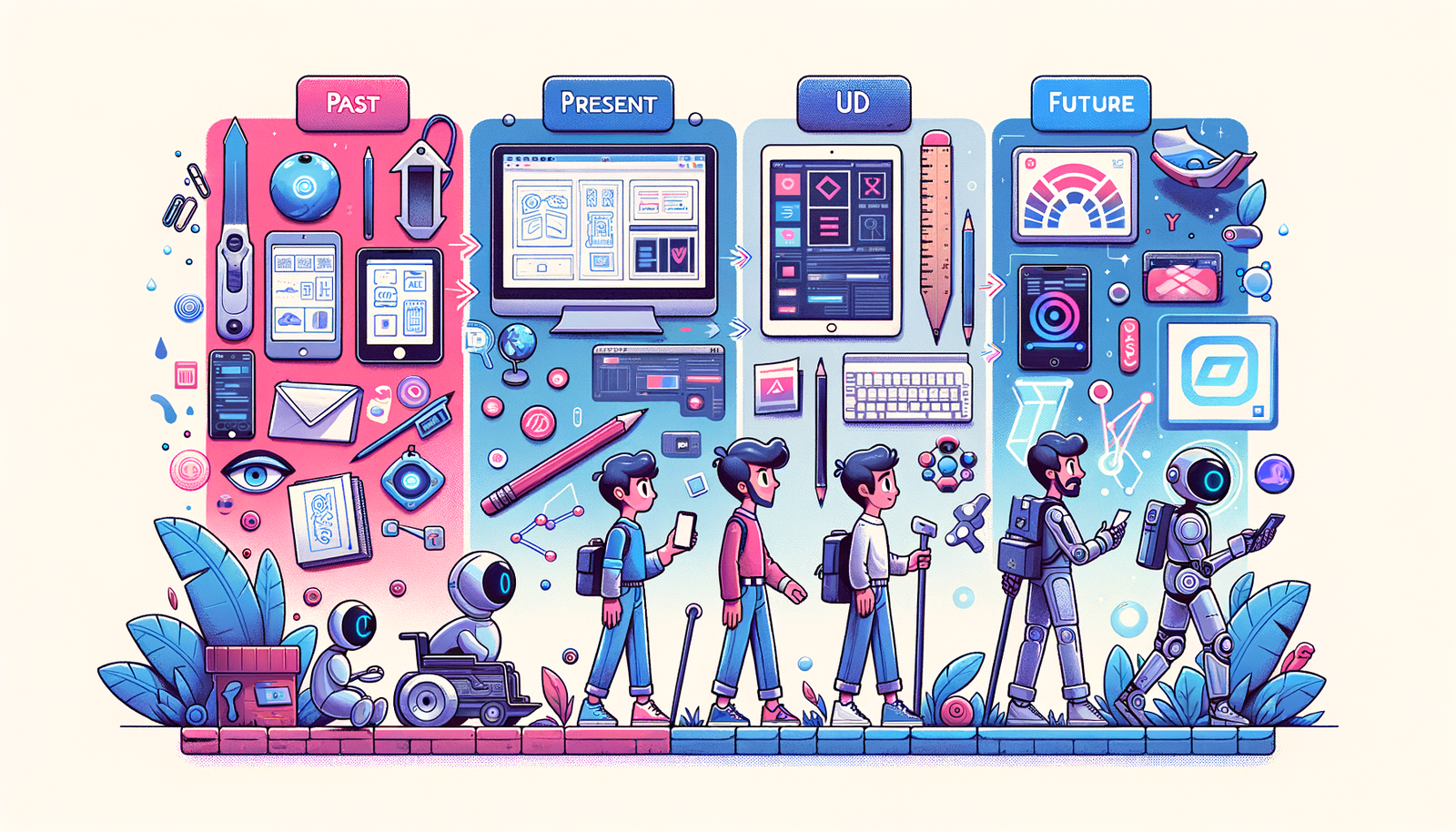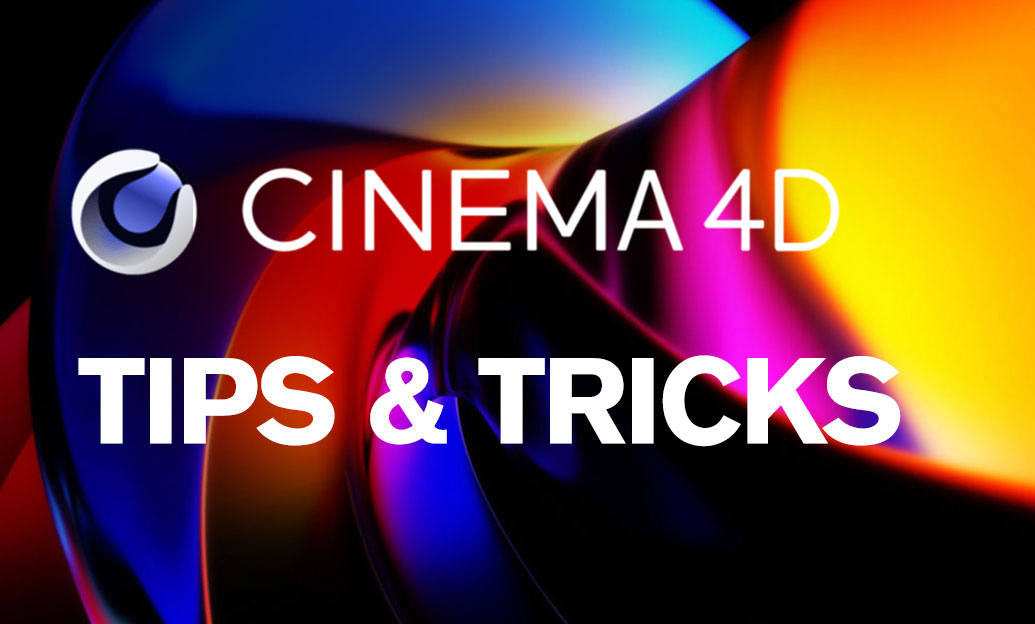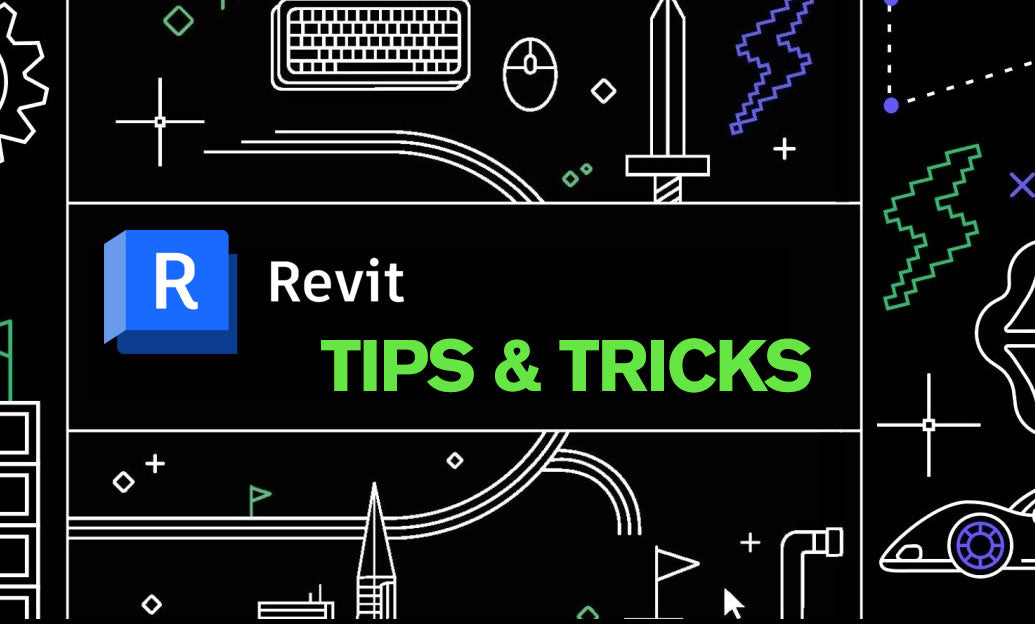Your Cart is Empty
Customer Testimonials
-
"Great customer service. The folks at Novedge were super helpful in navigating a somewhat complicated order including software upgrades and serial numbers in various stages of inactivity. They were friendly and helpful throughout the process.."
Ruben Ruckmark
"Quick & very helpful. We have been using Novedge for years and are very happy with their quick service when we need to make a purchase and excellent support resolving any issues."
Will Woodson
"Scott is the best. He reminds me about subscriptions dates, guides me in the correct direction for updates. He always responds promptly to me. He is literally the reason I continue to work with Novedge and will do so in the future."
Edward Mchugh
"Calvin Lok is “the man”. After my purchase of Sketchup 2021, he called me and provided step-by-step instructions to ease me through difficulties I was having with the setup of my new software."
Mike Borzage
Tracing the Transformation: The Past, Present, and Future of UI/UX Design Tools
June 26, 2024 2 min read


Introduction to UI/UX Design
User Interface (UI) and User Experience (UX) design are crucial components in creating digital products. UI design focuses on the aesthetic and interactive elements of a product, while UX design ensures those elements are optimized for a seamless and engaging user experience. The significance of UI/UX design has grown exponentially in the digital age, directly influencing user satisfaction and product success.
The history of UI/UX design tools has evolved from simple paper sketches to sophisticated software, reflecting the technological advancements and changing demands of the digital landscape.
Evolution of Design Tools
Design tools have undergone a significant transformation from the days of paper sketches to the complex digital tools available today. This evolution reflects the continuous search for more efficient, intuitive, and powerful ways to create user interfaces.
- The introduction of Adobe Photoshop marked a significant milestone, offering designers unprecedented control over visual elements.
- Sketch brought vector-based design to the forefront, emphasizing UI/UX design's needs.
- Adobe XD further integrated the design and prototyping process, streamlining workflows.
Technological advancements such as cloud computing and artificial intelligence (AI) have also played a pivotal role in the development of UI/UX design tools, enabling features like real-time collaboration and automated testing.
Current State of UI/UX Design Tools
Today's UI/UX design tools are defined by their versatility, collaborative features, and integration capabilities. Platforms like Figma, Adobe XD, and Sketch dominate the field, each offering unique strengths:
- Figma stands out for its superior collaboration capabilities, allowing multiple designers to work on a project simultaneously.
- Adobe XD is renowned for its prototyping and user testing integration, streamlining the design process from start to finish.
- Sketch, while similar to XD in functionality, offers powerful plugins and a large community of users.
The emphasis on collaboration, accessibility, and inclusivity in modern UI/UX design tools highlights the industry's shift towards more user-centered and team-oriented design approaches.
The Future of UI/UX Design Tools
The future of UI/UX design tools is poised for further innovation, driven by advancements in AI, machine learning, virtual reality (VR), and augmented reality (AR). Predictions for future developments include:
- Automated usability testing powered by AI, offering designers insights into user behavior without extensive manual testing.
- AI-generated design options, which could provide designers with creative alternatives and streamline the ideation process.
- VR and AR integration for prototyping, enabling designers to create immersive user experiences before development begins.
As we look to the future, sustainability and ethical considerations will also become increasingly important in the development of UI/UX tools. Designers must prepare for these changes through continuous learning and adaptation to new tools and technologies, ensuring that they remain at the forefront of creating innovative and user-centered designs.
Also in Design News

Cinema 4D Tip: Weight Manager Workflow for Fast, Stable Character Skinning
January 06, 2026 2 min read
Read More
Revit Tip: Purge Unused Families and Types to Optimize Revit Models
January 06, 2026 2 min read
Read MoreSubscribe
Sign up to get the latest on sales, new releases and more …



